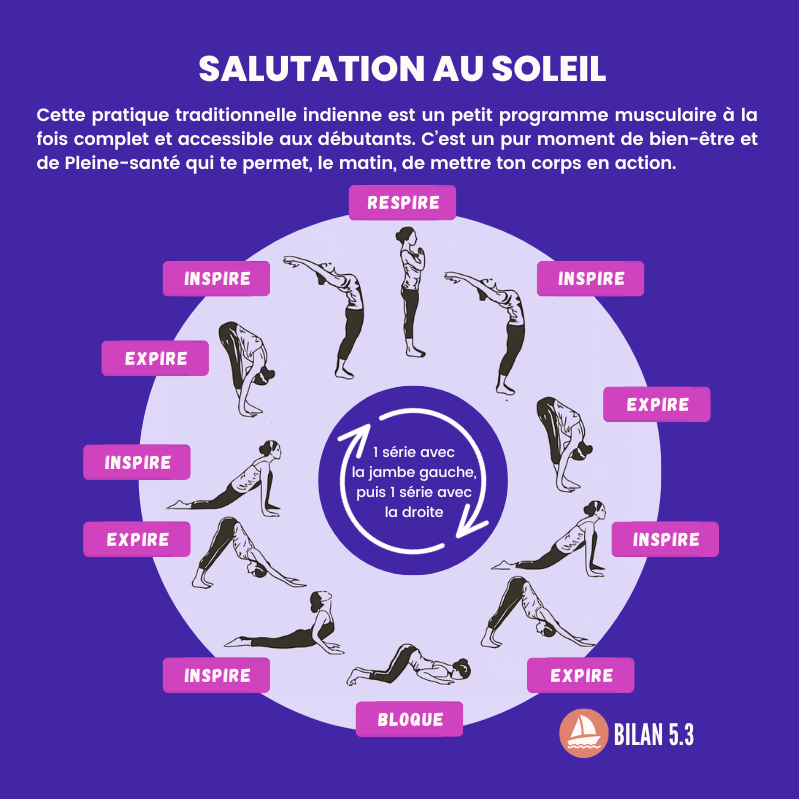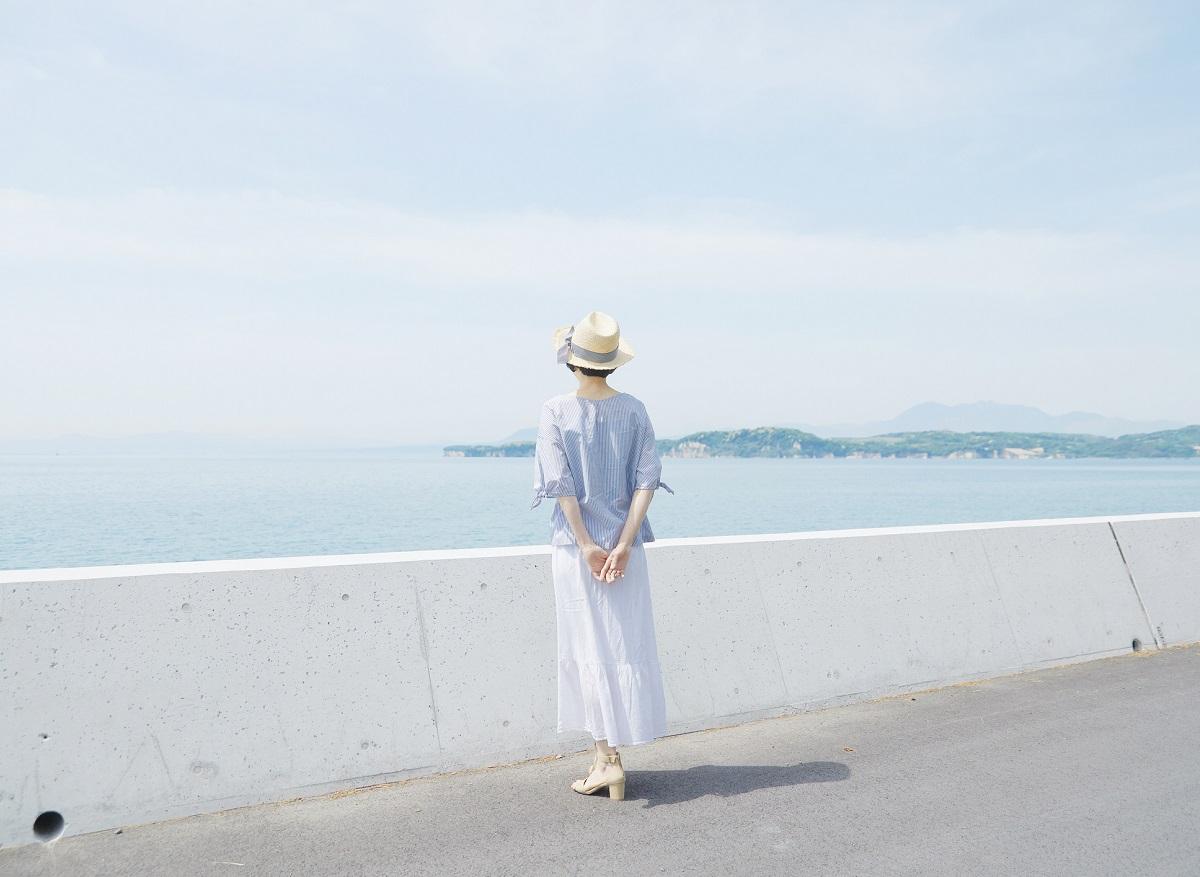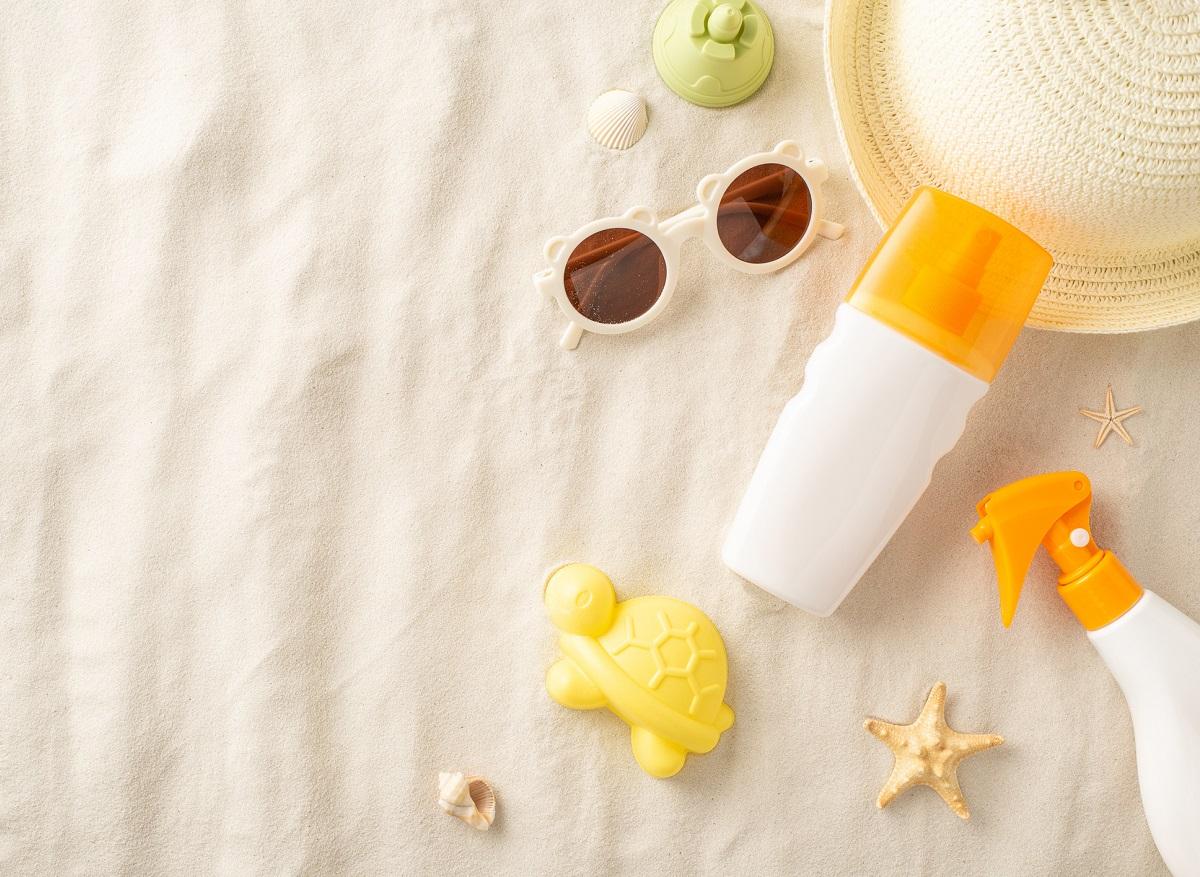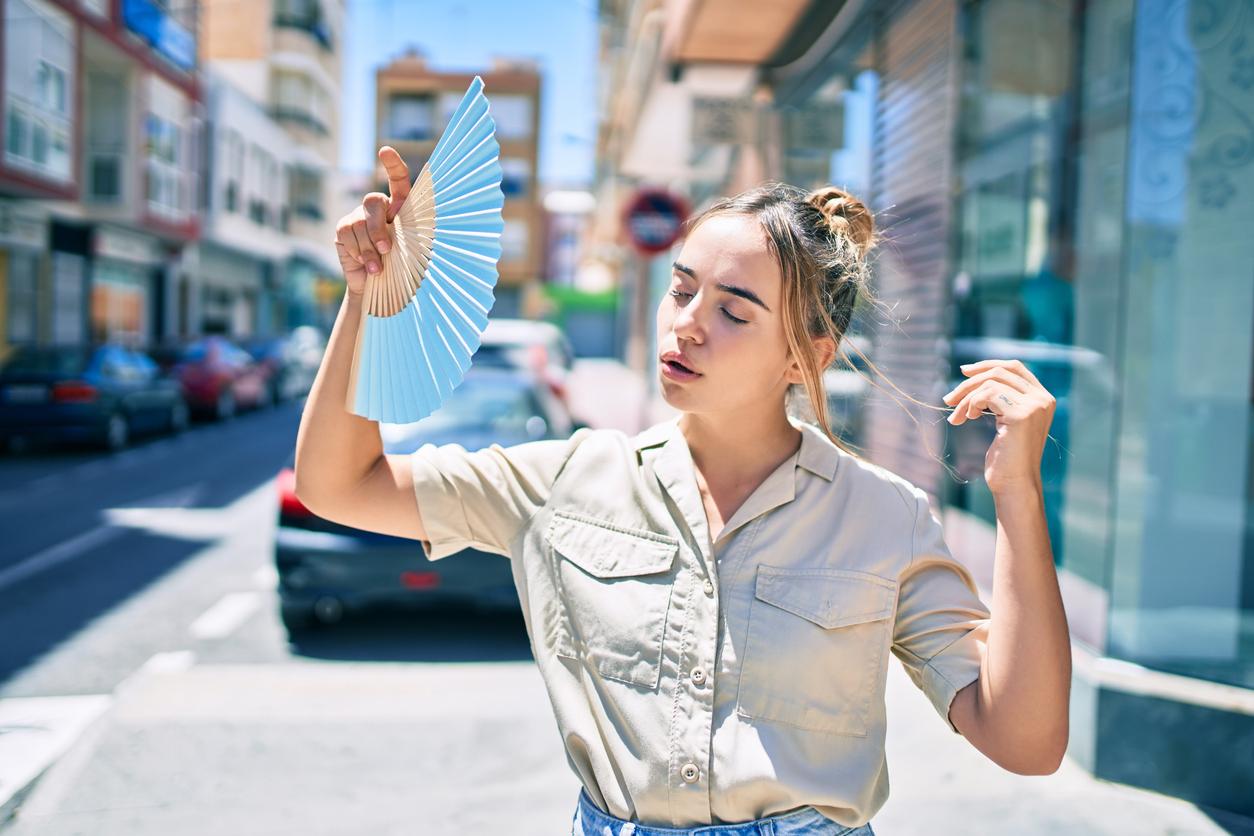In the United States as in France, sunscreen manufacturers are struggling to manufacture products that are aesthetically compatible with non-white skin. And this is not without consequences: across the Atlantic, African-American women shun sunscreen, which makes them vulnerable to skin cancer or lupus.
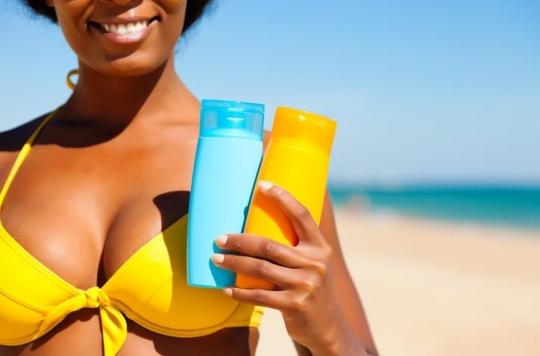
When will sunscreens for non-white skin be launched on the market? This is, in essence, the question posed by The Atlantic in an article published this week, and spotted by Slate.fr. Because, recalls the American media, this obviously has consequences. He begins by recalling that across the Atlantic, Americans as a whole do not use enough sunscreen to protect themselves from the sun’s harmful UV rays. And this is especially the case among Americans of color.
Lupus, especially common in women of color
However, reminds The Atlantic, applying sunscreen to your skin, even when it’s not summer, has many advantages: it reduces acne scars and above all it prevents conditions made worse by the sun, especially lupus, particularly common in women of color. Sunscreen also protects photosensitive skin from taking certain medications, including those used to treat high blood pressure.
And of course, sunscreen greatly reduces the risk of developing skin cancer from UV rays. But this unfortunately does not encourage women with black or mixed skin to apply it regularly. As a result, if skin cancer is more common in whites than in people of color, African Americans have a lower chance of survival because their cancer is diagnosed too late.
Creams that leave marks on black skin
How do you explain this reluctance among people of color to use sunscreen? First, there is the belief, obviously mistaken, that dark skinned people have less need to protect themselves than white skinned, but this is not the only explanation.
In fact, if women and men with black skin do not use sunscreen, the products available on the market are not suitable for their skin tone. On Youtube so flower videos where we see young women with black or mixed skin applying different sunscreens. Each time, it’s the same problem: on their skin, the cream leaves whitish marks, but also sometimes blue, purple or green. Blame it on chemical sunscreens used by manufacturers to block ultraviolet A and B rays. As for sunscreen with a physical screen, which contains white compounds that are insoluble in water, such as zinc oxide and titanium dioxide. , it is inevitably accompanied by clearly visible white marks on the skin.
Allergic reaction
And unfortunately, that is not about to change. In order for their products to be broad-spectrum certified in the United States, sun protection companies must prove to the Food and Drug Administration (FDA) that their sunscreen can block UVA and UVB rays. As a result, many use physical ingredients, which are less likely to cause an allergic reaction.
The problem, note The Atlanticis that the FDA considers sun protection not as a cosmetic, but as a drug: American companies are therefore particularly limited in their choice of protective ingredients, whether chemical or physical.
Deep-rooted racial prejudices
The FDA has been criticized for being slow to approve new ingredients, especially compared to Asian and European countries. As for manufacturers, they do not yet take aesthetic arguments sufficiently into consideration. “Sun protection aims to prevent skin cancer. They measure success not by its appearance, but by the way it prevents skin cancer or sunburn”, explains Professor Ginette Okoye, director from the dermatology department at Howard University Hospital.
For Shontay Lundy, founder of the Black Girl Sunscreen brand, it is also racial prejudices that block manufacturers and exclude a whole part of the American population from the market. “Big business never thought people of color would spend their money on sunscreen, because they think people of color have a ‘black that won’t crack’ mentality,” she says.
Fortunately for people with non-white skin, some more inclusive companies have entered the sunscreen market in recent years. This is the case of Black Girl Sunscreen, which designs sunscreens specifically for black women, or Bolden USA. Large traditional companies, such as CeraVe, Banana Boat and Supergoop! have followed suit by offering products more suitable for black and mixed-race skin. But these latest innovations in sun protection are still very expensive (over $ 20 per tube) and are not yet sold in pharmacies.


.







